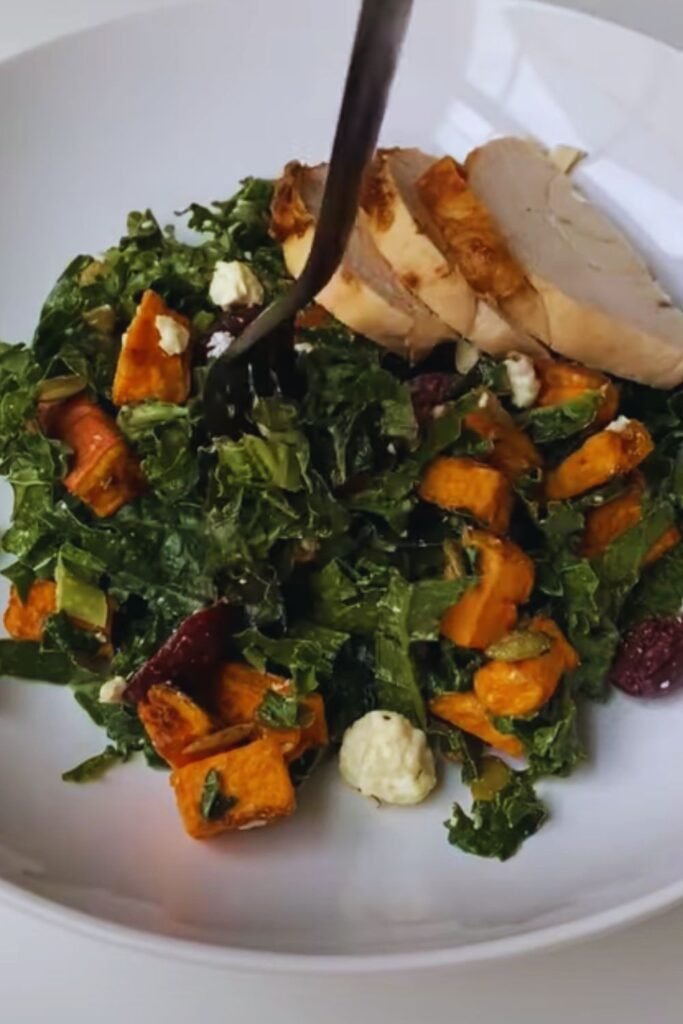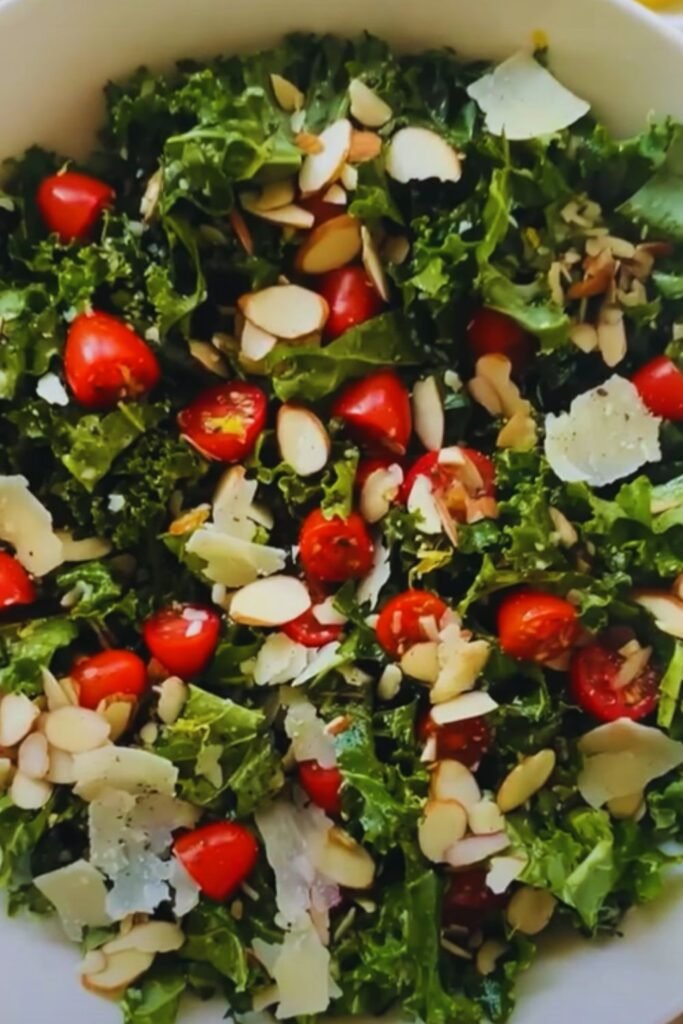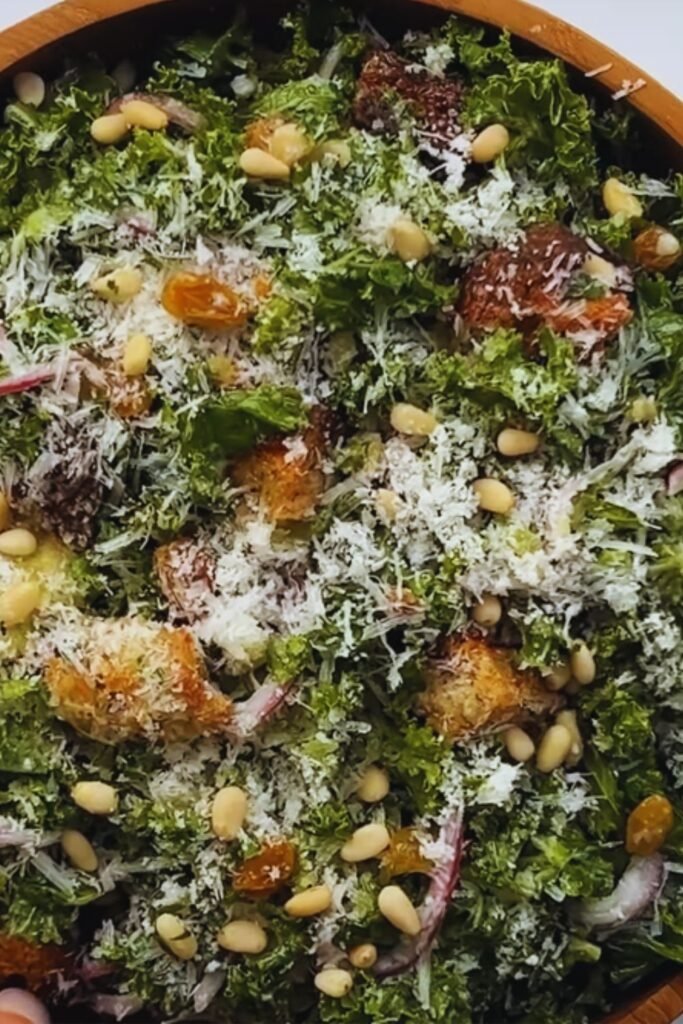There’s something magical about the combination of bright, zesty lemon and nutrient-rich kale that makes my taste buds dance. After years of experimenting with different salad dressings, I’ve perfected a lemon kale dressing that transforms ordinary greens into an extraordinary culinary experience. Today, I’m excited to share my go-to recipe that’s not only delicious but also packed with health benefits.
Why This Dressing Will Become Your New Favorite
The marriage of citrus and leafy greens isn’t just about taste – it’s a nutritional powerhouse. When I first started making this dressing, I discovered that the acid from the lemon actually helps break down the tough fibers in kale, making it more tender and easier to digest. Plus, the vitamin C from the lemon enhances the absorption of iron from the kale, creating a perfect nutritional synergy.

Essential Ingredients
Here’s what you’ll need to create this vibrant dressing:
| Ingredient | Amount | Notes |
|---|---|---|
| Fresh lemon juice | 1/4 cup | About 2 medium lemons |
| Extra virgin olive oil | 1/3 cup | Use high-quality oil for best results |
| Dijon mustard | 1 tablespoon | Acts as an emulsifier |
| Raw honey | 2 teaspoons | Balances the acidity |
| Garlic | 2 cloves | Freshly minced |
| Sea salt | 1/2 teaspoon | Adjust to taste |
| Black pepper | 1/4 teaspoon | Freshly ground |
| Nutritional yeast | 1 tablespoon | Adds cheesy, nutty flavor |
The Science Behind the Perfect Balance
Understanding the chemistry behind a great dressing has helped me perfect this recipe. The key lies in the emulsion – that perfect binding of oil and acid that creates a smooth, creamy texture. Here’s my breakdown of the crucial elements:
| Component | Purpose | Scientific Role |
|---|---|---|
| Oil | Base | Creates body and mouthfeel |
| Lemon juice | Acid | Breaks down kale fibers |
| Mustard | Emulsifier | Stabilizes the mixture |
| Honey | Sweetener | Balances pH levels |
Step-by-Step Preparation Method
- Juice your lemons:
- Use room temperature lemons
- Roll them on the counter before juicing
- Strain out any seeds
- Prepare your garlic:
- Peel and mince finely
- Let sit for 5 minutes to activate allicin compounds
- Create the emulsion:
- Combine lemon juice, mustard, and garlic in a bowl
- Slowly whisk in olive oil in a steady stream
- Continue whisking until well combined

Storage and Shelf Life
| Storage Method | Duration | Notes |
|---|---|---|
| Refrigerator | 1 week | Store in airtight container |
| Room temperature | 2 hours | Not recommended for longer |
| Frozen | Not recommended | Separation will occur |
Serving Suggestions
Here are my favorite ways to use this versatile dressing:
- Massage into raw kale leaves 30 minutes before serving
- Drizzle over roasted vegetables
- Use as a marinade for grilled chicken
- Toss with quinoa for a healthy grain salad
- Dress a mixed green salad with avocado

Nutritional Benefits
| Nutrient | Amount per Serving | % Daily Value |
|---|---|---|
| Calories | 85 | – |
| Healthy Fats | 9g | 14% |
| Vitamin C | 8mg | 9% |
| Vitamin E | 2mg | 13% |
| Iron | 0.5mg | 3% |
Troubleshooting Tips
Sometimes things don’t go as planned. Here’s how I handle common issues:
| Problem | Cause | Solution |
|---|---|---|
| Separation | Natural occurrence | Shake well before use |
| Too thick | Too much mustard | Thin with water or lemon juice |
| Too acidic | Too much lemon | Add more honey or oil |
| Too bitter | Old olive oil | Use fresh, high-quality oil |
Customization Options
Make this recipe your own with these variations:
| Addition | Amount | Flavor Profile |
|---|---|---|
| Red pepper flakes | 1/4 tsp | Adds heat |
| Fresh herbs | 1-2 tbsp | Adds complexity |
| Ginger | 1 tsp grated | Adds zing |
| Tahini | 1 tbsp | Creates creaminess |
Frequently Asked Questions
Q: Can I make this dressing without oil?
While the oil is important for both texture and nutrient absorption, you can reduce it and add a bit of pureed avocado or tahini for creaminess.
Q: How long will this dressing last in the fridge?
When stored in an airtight container, it stays fresh for up to a week. The garlic flavor will intensify over time.
Q: Can I use bottled lemon juice instead of fresh?
I strongly recommend using fresh lemons. The flavor difference is noticeable, and fresh lemons provide more natural oils from the zest.
Q: Why does my dressing separate after storing?
This is completely normal! Oil and water-based ingredients naturally separate. Just shake well before using.
Q: Can I use regular mustard instead of Dijon?
While you can, Dijon mustard contains natural emulsifiers that help hold the dressing together better than regular mustard.
Pro Tips From My Kitchen
After making this dressing countless times, I’ve discovered some tricks that take it from good to great:
- Temperature matters: Remove ingredients from the refrigerator 30 minutes before making the dressing.
- Taste as you go: Start with less salt and acid, then adjust to your preference.
- Quality counts: Use the best olive oil you can afford – it makes a significant difference.
- Prep ahead: This dressing actually improves after sitting for a few hours, allowing the flavors to meld.
Remember, cooking is a journey of discovery and personalization. Don’t be afraid to adjust the proportions to match your taste preferences. The measurements I’ve provided are a starting point – your perfect dressing might need a little more lemon for brightness or an extra drizzle of honey for sweetness. Trust your palate and enjoy the process of making this dressing your own.


